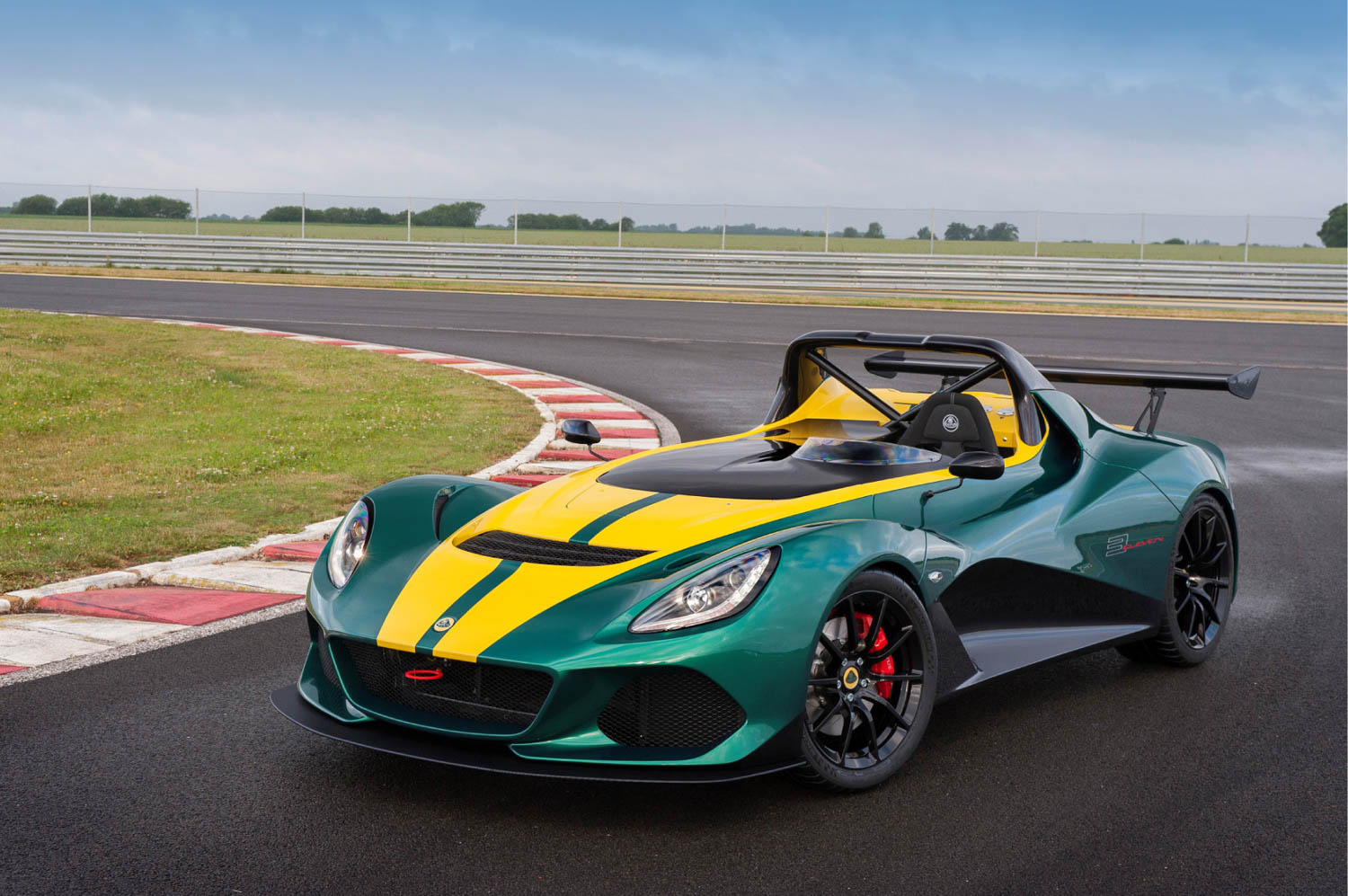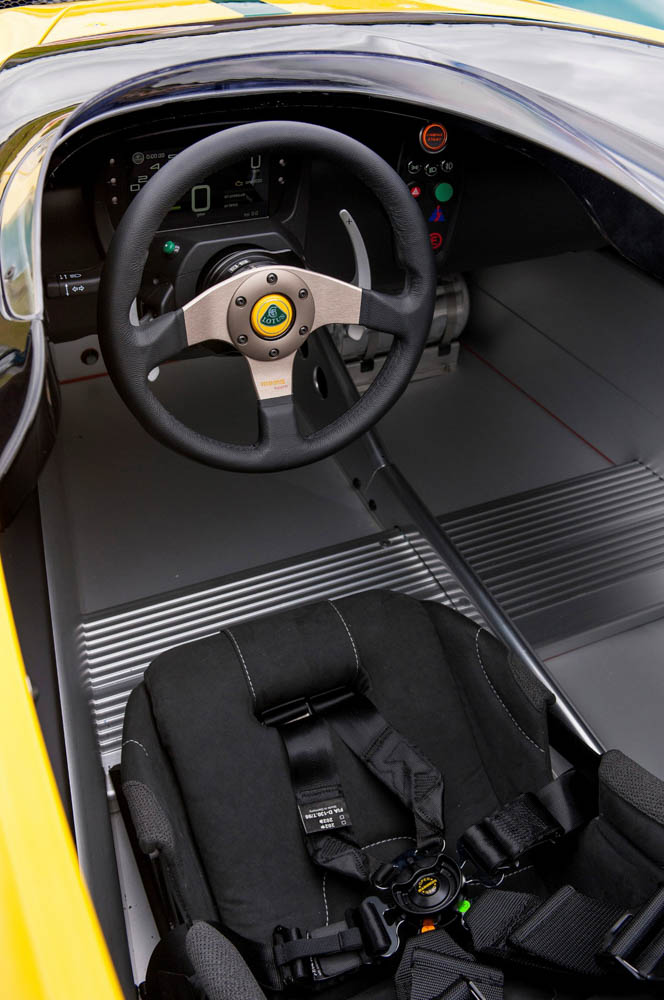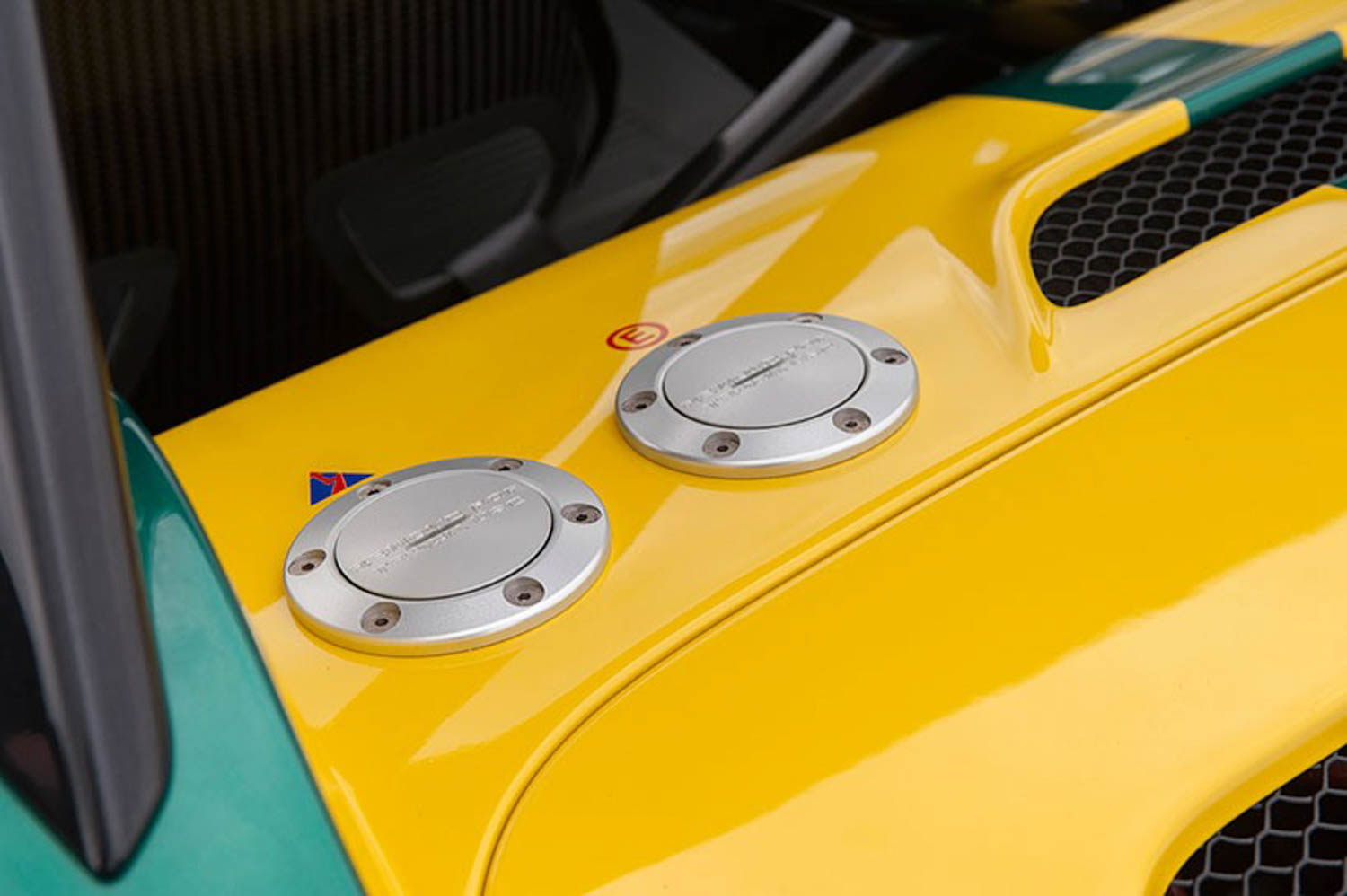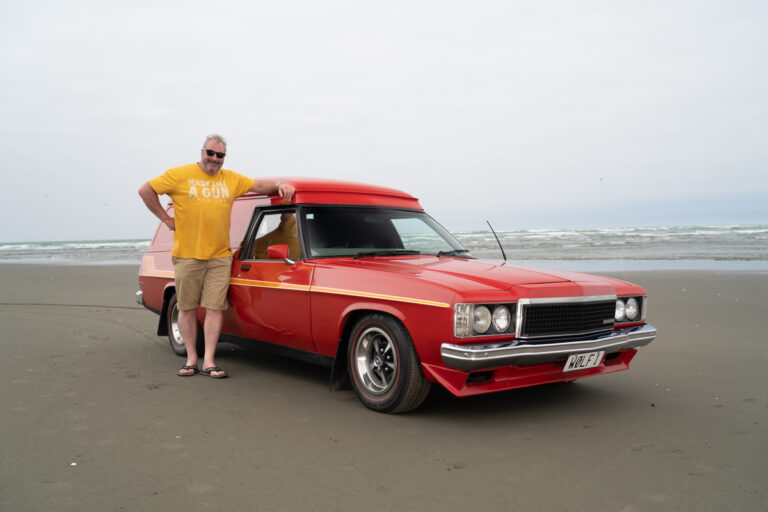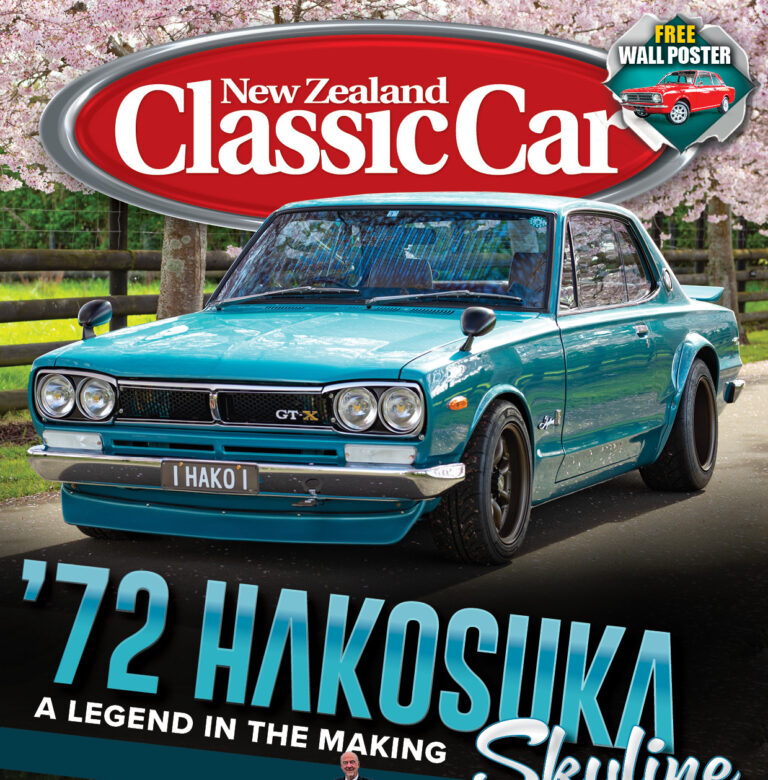The Goodwood Festival of Speed’s reputation as an ideal launch pad for manufacturers wanting to unveil new models to the public has continued in 2015, with Lotus revealing their stunning new 3-Eleven at this year’s event. A sequel to the 2-Eleven released in 2007, the 3-Eleven’s myriad of features will make it the fastest production car that Lotus have made to date.

Making use of the supercharged 3.5-litre V6 engine lifted out of the Lotus Evora 400, the 3-Eleven will generate 450hp. But as usual with Lotus, it’s the weight and the technology underneath its shiny resin British Racing Green panels that will make all the difference. Weighing in at less than a tonne, the Lotus will have an enviable power-to-weight ratio of 500hp per tonne, ensuring that it will be able to travel from 0–100kph in three seconds on its way to hitting a top speed of 290kph.

In the twisty stuff, the 3-Eleven’s new bespoke aluminium chassis, lightweight and adjustable double wishbones on the front and the rear, limited slip differential, Eibach springs, and Öhlins Racing adjustable dampers should make it an invigorating drive.
Considering the car’s track-day appearance, it is no surprise that it will also be available as a race car direct from the Lotus factory. While the racing version has a top speed 10kph adrift of the road car, it will feature a more aggressive aero package, a sequential gearbox, less weight, and an FIA-approved driver’s seat with a six-point harness.

Lotus CEO Jean-Marc Gales was very confident of the 3-Eleven’s ability.
“This new car is a giant-slayer, capable of embarrassing far more expensive rivals. It condenses our engineering know-how into one, hard-core package, and is so focused that it won’t suit everyone. This is a perfect demonstration of the faster and lighter concept, something which will be crucial to all Lotus cars in the future,” said Gales.

Inevitably, 311 examples of the 3-Eleven (we see what they’ve done there) will be built. Pricing starts at £82,000 (NZ$188,650) for the road version, and £96,000 (NZ$220,800) for the racer. Should you wish to get your hands on one, production kicks off in February, 2016, with deliveries scheduled to follow two months later.




